March 22, 2022
The sustainable product lifecycle starts with a single step
 Environmental responsibility is challenging and often conflicts with short term goals. In the July 2021 issue of IN magazine, I asked environmental campaigner, sustainability and wellbeing consultant, Georgia Elliot-Smith about the issue of the proliferation of Perspex screens designed to reduce transmission of the Covid-19 virus in the workplace – all made from virgin materials. Whilst some argue that we are likely to need them again over the winter months, the ‘end of useful life’ of the screens is approaching and, inevitably, more general questions raised about the product lifecycle. (more…)
Environmental responsibility is challenging and often conflicts with short term goals. In the July 2021 issue of IN magazine, I asked environmental campaigner, sustainability and wellbeing consultant, Georgia Elliot-Smith about the issue of the proliferation of Perspex screens designed to reduce transmission of the Covid-19 virus in the workplace – all made from virgin materials. Whilst some argue that we are likely to need them again over the winter months, the ‘end of useful life’ of the screens is approaching and, inevitably, more general questions raised about the product lifecycle. (more…)






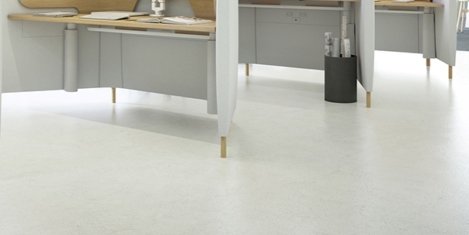
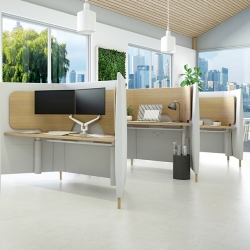
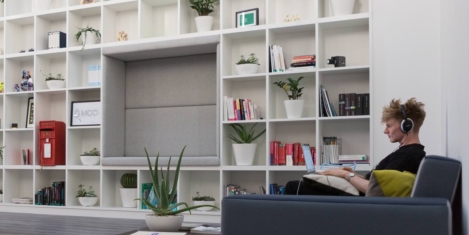
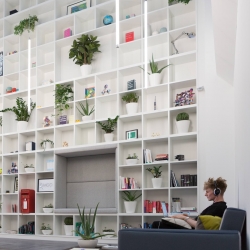
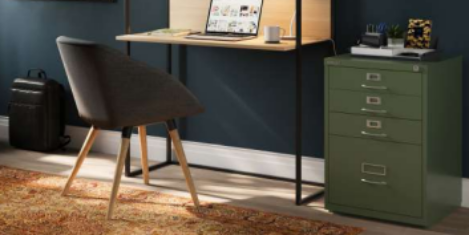
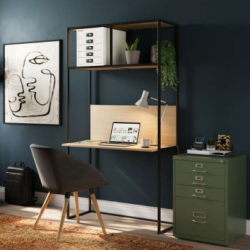
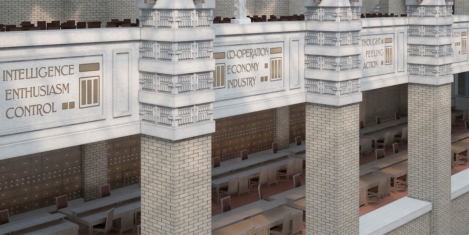
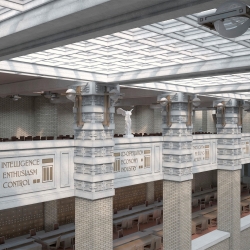 It was only towards the end of the development of IN Magazine that we became aware of something called COVID 19. By the time of the official launch in March of 2020, it had become clear that the world was facing a challenge that would lead to a reassessment of many aspects of our lives. We’re not out of the woods yet and there remain more questions than answers about what lies ahead. Yet organisations are looking forwards and I’ve been privileged in recent weeks to listen in on several conversations from occupiers about both their plans for the future and the necessity of flexibility in applying them, as they tread uncertainly in a new era and learn more about it as they go.
It was only towards the end of the development of IN Magazine that we became aware of something called COVID 19. By the time of the official launch in March of 2020, it had become clear that the world was facing a challenge that would lead to a reassessment of many aspects of our lives. We’re not out of the woods yet and there remain more questions than answers about what lies ahead. Yet organisations are looking forwards and I’ve been privileged in recent weeks to listen in on several conversations from occupiers about both their plans for the future and the necessity of flexibility in applying them, as they tread uncertainly in a new era and learn more about it as they go. 
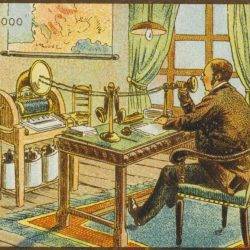 Predicting the future is a fool’s errand. History is littered with examples of people who got it horribly wrong. In 1876, William Orten, the president of then telegraphy pioneer Western Union, claimed that the telephone was an idiotic, ungainly and impractical idea that would never catch on. Almost a century later, Microsoft’s Bill Gates said that nobody would ever need more than 640KB of memory in a computer. Today’s home computers and laptops can store up to 32GB of memory.
Predicting the future is a fool’s errand. History is littered with examples of people who got it horribly wrong. In 1876, William Orten, the president of then telegraphy pioneer Western Union, claimed that the telephone was an idiotic, ungainly and impractical idea that would never catch on. Almost a century later, Microsoft’s Bill Gates said that nobody would ever need more than 640KB of memory in a computer. Today’s home computers and laptops can store up to 32GB of memory. 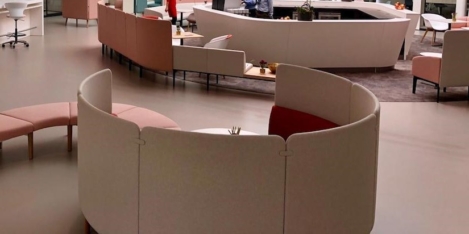
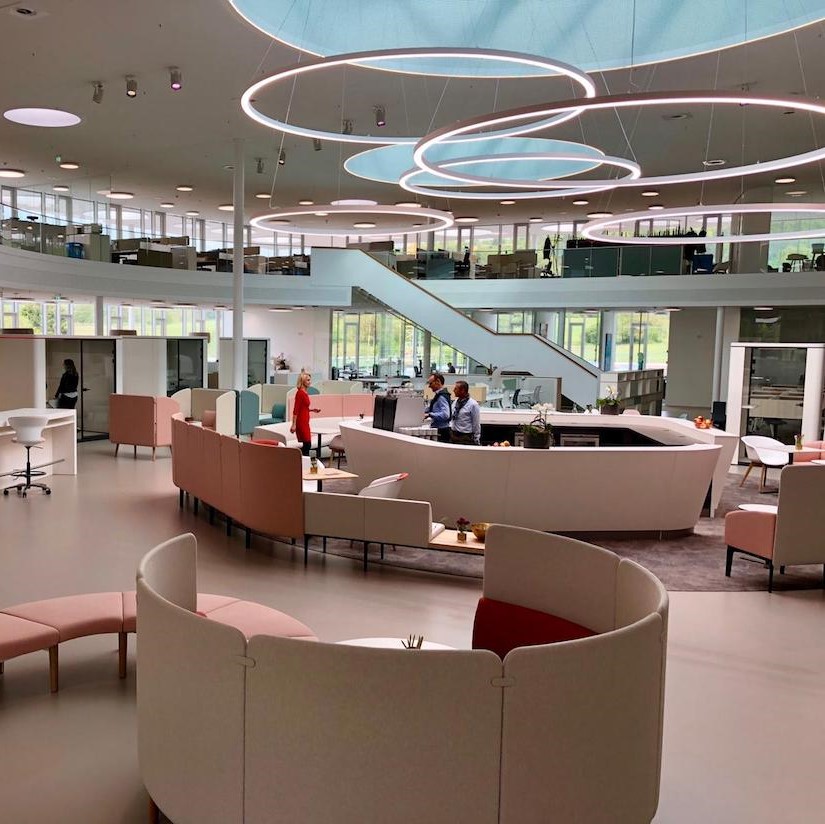
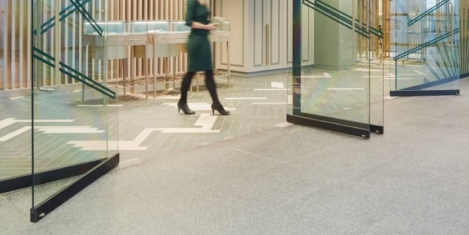
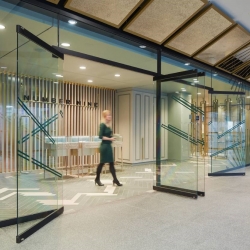 At a recent
At a recent 
 I recently stumbled upon the phrase epistemic trespass, which describes the phenomenon of people making judgements in fields in which they have no expertise. I came across it as it was used to explain the sudden explosion of opinions about Afghanistan from a hitherto unknown horde of experts. Which may or may not be the same horde that has been so very certain about immunology and public health during the pandemic. It’s an old idea and one that needs to be treated with care, for reasons set out by Noah Smith
I recently stumbled upon the phrase epistemic trespass, which describes the phenomenon of people making judgements in fields in which they have no expertise. I came across it as it was used to explain the sudden explosion of opinions about Afghanistan from a hitherto unknown horde of experts. Which may or may not be the same horde that has been so very certain about immunology and public health during the pandemic. It’s an old idea and one that needs to be treated with care, for reasons set out by Noah Smith 


 The future of work is neither here (at home) nor there (at the office). The hybrid post-pandemic model for the workplace is quickly coming into play, whereby employees work in the office for part of the week and log in from home for the rest, with staff rotating in and out, connecting virtually and in real life, all from various spots on the globe. Even as restrictions ease, it’s clear that work as we know it may never be the same. Full-time 9-5 commuting schedules are a thing of the past, but the practice of having the entire team conference together on Zoom from their couches is quickly ending as well.
The future of work is neither here (at home) nor there (at the office). The hybrid post-pandemic model for the workplace is quickly coming into play, whereby employees work in the office for part of the week and log in from home for the rest, with staff rotating in and out, connecting virtually and in real life, all from various spots on the globe. Even as restrictions ease, it’s clear that work as we know it may never be the same. Full-time 9-5 commuting schedules are a thing of the past, but the practice of having the entire team conference together on Zoom from their couches is quickly ending as well. 







March 23, 2022
A burst of technological innovation is reshaping the future of work
by Toby Benzecry • Comment, Flexible working, Technology, Workplace design